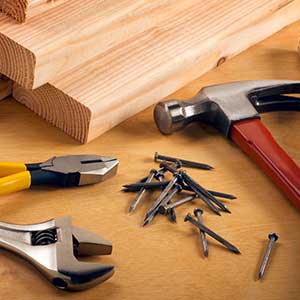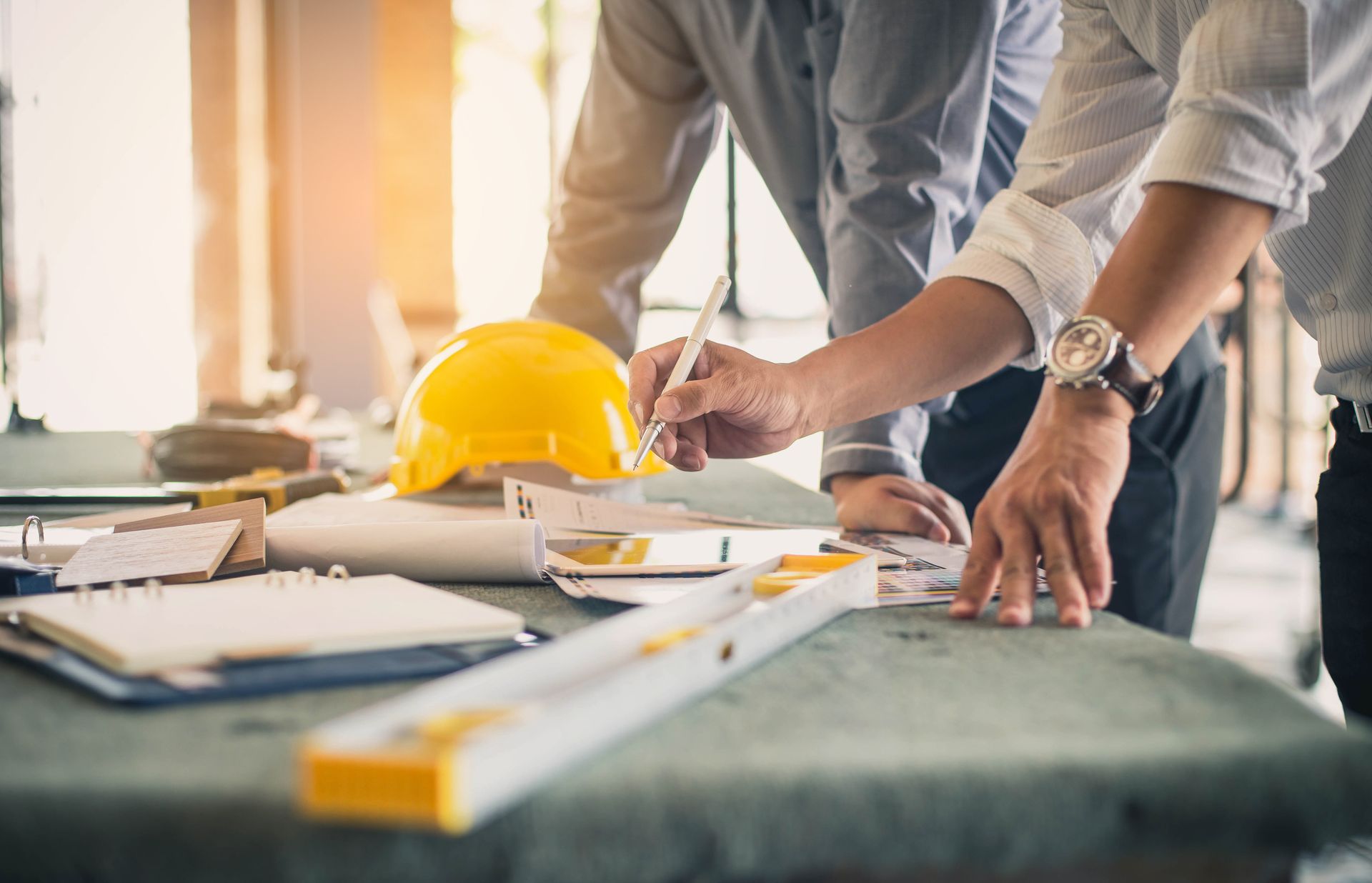Turbidity, the measure of suspended particles in water, is a common sign of stormwater mismanagement.…
10 Reasons to Outsource Your Construction Safety Management
It’s no secret that construction sites are inherently dangerous and full of liabilities.…
Top 5 Ways to Optimize Your Construction Risk Management Plan
Construction zones are full of risks, from environmental hazards to worker safety concerns.…
Top 7 Common Stormwater Inspection Mistakes And What To Do
According to one estimate, construction-related activities were responsible for 40% of all water pollution in the United States.…
What Causes Soil Erosion? How Do You Control It?
The impact of construction is felt beyond the visible assembly of buildings in our community.…
The Vital Role of Environmental Engineering: Key Responsibilities
According to new data, the construction industry accounts for 37% of the world’s total carbon emissions.…
7 Benefits of an Energy Rating for Homebuilders
In the highly competitive real estate field, sellers always look for ways to increase the value of their properties.…
What Are the Roles and Responsibilities of a SWPPP Inspector?
As a site manager, you have many responsibilities. While some managers handle environmental compliance and stormwater management themselves, others outsource this task to an environmental consultancy.…
SWPPP 101: How to Identify Potential Sources of Pollution
Stormwater pollution is one of the most devastating events for local climates and ecosystems.…
Common Mistakes Found During QA Inspections on New Construction
According to research from the Get it Right Initiative (GIRI), anywhere from 10-25% of construction costs are caused by errors.…










